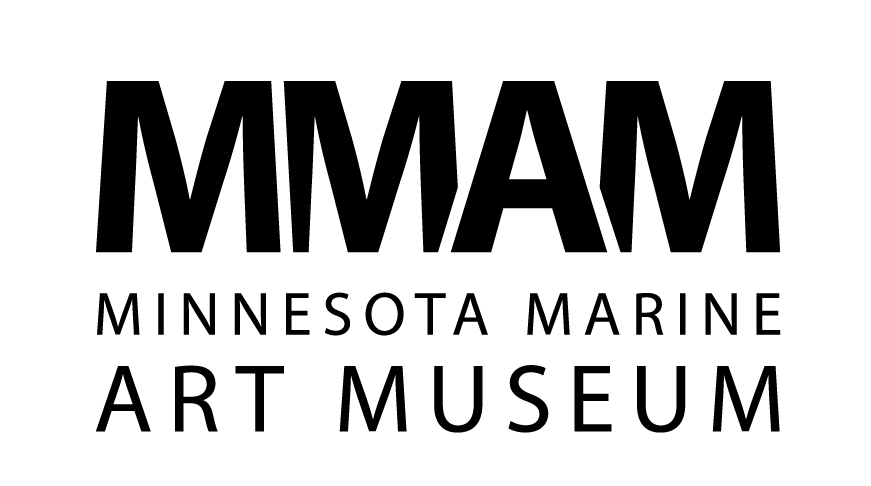How to Take a Longer Look!
Saturday, April 4 was international “Slow Art Day.” The mission of slow art day is to help more people discover for themselves the joy of looking at and loving art. For the past six years or so, we’ve asked all of the students who come on field trips to the Museum to try out this idea. We sit as a group in front of one artwork for 20 minutes and create the time and space to look, talk, share and be with each other and the artwork. We invite you to give it a try! Use any artwork you like (or don’t like), or try it out with one of the artworks on our collections.
Curator of Education, Heather Casper, leading a tour on a Second Saturday event.
The short version:
Close your eyes.
Take a breath.
Open with fresh eyes and just look.
Notice what kinds of things you are thinking about as you look.
Ask Yourself, or if you’re looking as part of a group, ask each other:
What questions do I have for the artist?
What does this remind me of?
What might it smell/ feel/ taste/ sound like in the artwork?
What kind of soundtrack would I make for this artwork?
The slightly longer version:
Prepare your space and person so you are comfortable. Clear your mind and begin to look. Look at least for one whole minute, but see how long you can go.
*Option- Grab some paper and a pencil and try to sketch the artwork. Copy it as best as you can. This often helps you “see” new things.
What are you noticing?
What do you wonder about?
Trust the artist and trust your own eyes. Remind yourself that when the artist created this artwork, they (most likely) intended for you to have all of the information you needed on the canvas.
For Kids:
Look for 30 seconds and then turn around (or remove the image) and name as much as you can remember about the artwork.
What one word would you use to describe this artwork?
What do you think is happening? What do you see that makes you say that?
If you could tell the artist one thing that they could do to make this artwork better, what would it be?
Does this artwork remind you of any person/ place/ song/ animal/ toy/ game?
For Adults:
(from Veronica Boix Mansilla’s Global Thinking Routines)
Try choosing one of the global thinking routines below and asking these questions.
The 3 Whys:
WHY might this (topic, question) matter to me?
WHY might it matter to people around me?
WHY might it matter to the world?
Beauty and Truth:
Can you find beauty in this story?
Can you find truth in it?
How might beauty reveal truth?
How might beauty conceal truth?
Unveiling Stories:
What’s the story?
What is the human story?
What is the world story?
What is the new story?
What is the untold story?
Step Inside and Out:
Choose: Identify a person or agent in the situation you are examining.
Step Inside: In your best guess: What might this person experience? What might this person know, believe, care about, and why?
Step Outside: Reflect on your best guess above. What else do you need to find out?
Enjoy yourself!
Heather Casper, Curator of Education
Curator of Education, Heather Casper, leading a Longer Look with visitors at MMAM.



